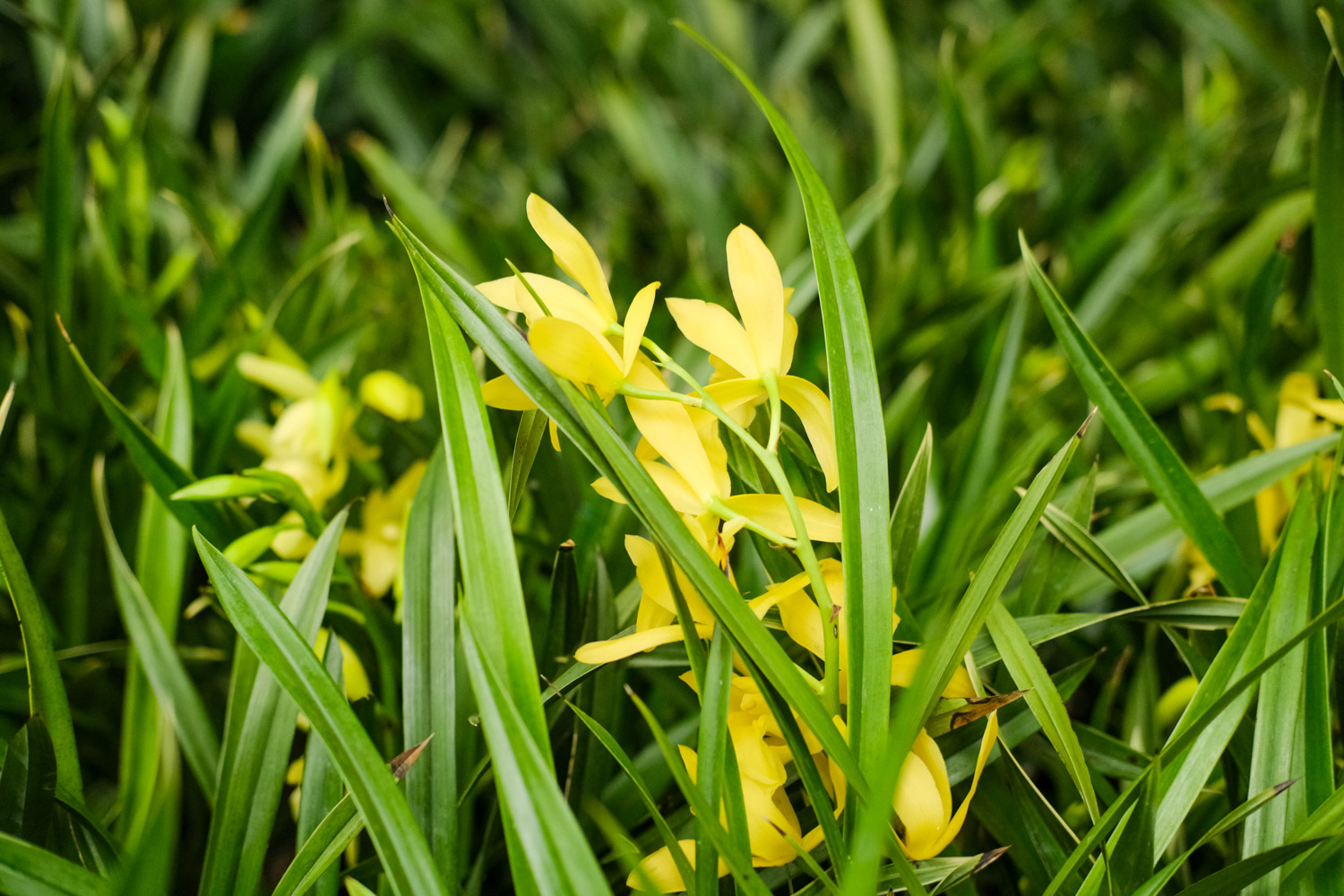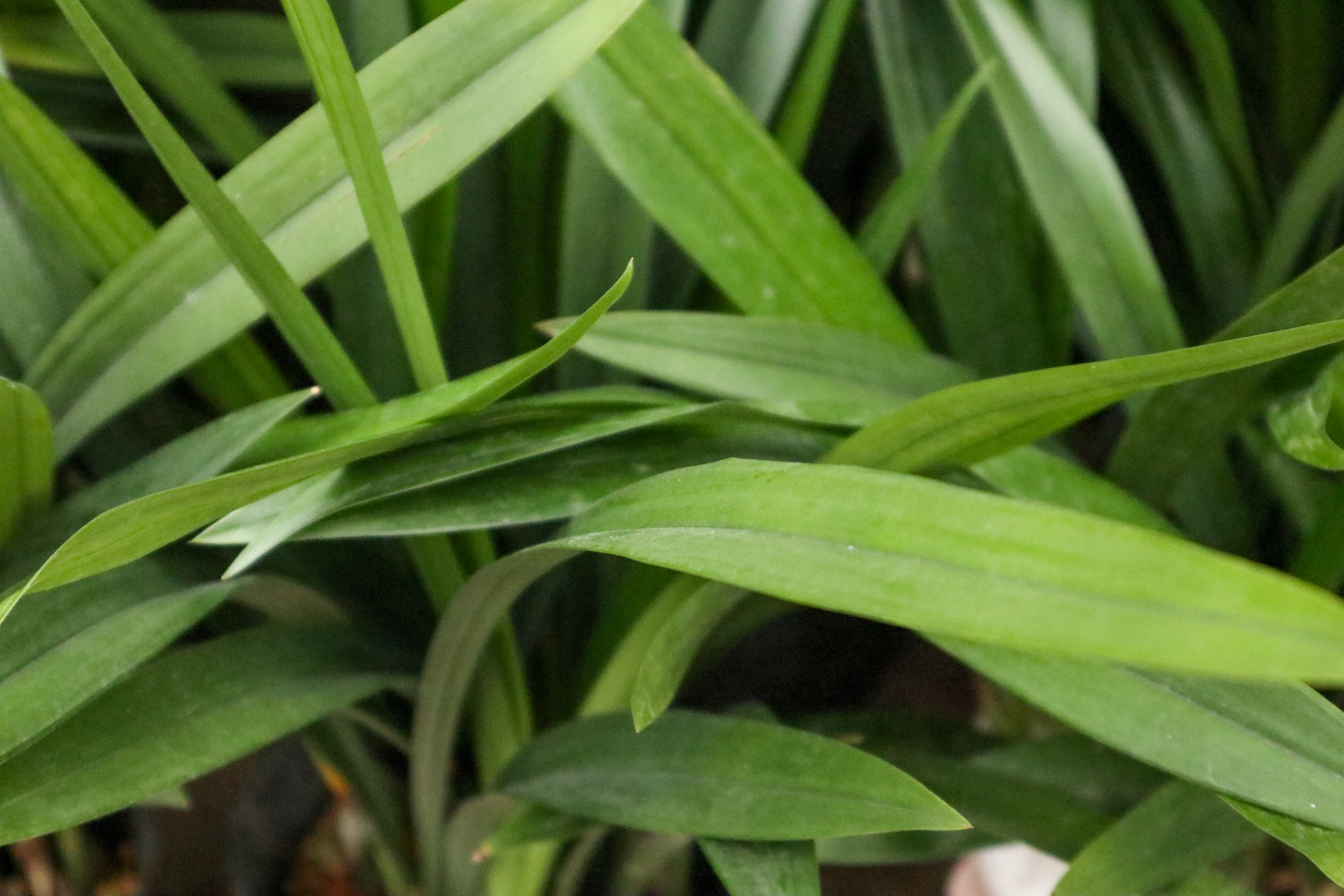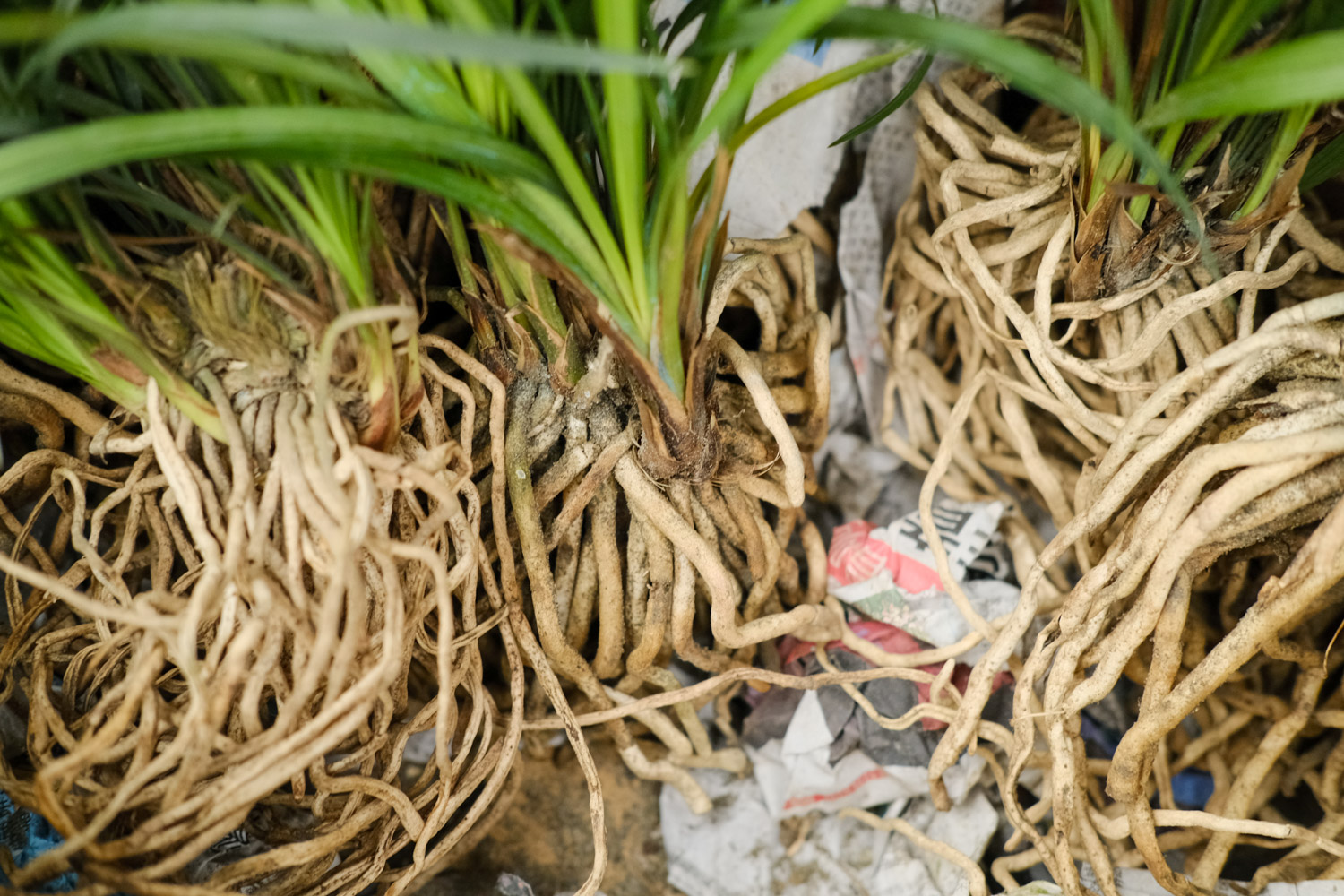1、 Variety selection
It has many varieties, mainly divided into thin leaves and wide leaves. When planting, different varieties choose different soils, but most of them are rotten leaf soil. Among them, rotten leaf soil is mainly used for the planting of fine leaves, and solid soil is mainly used for the planting of wide leaves, but the specific degree depends on the breeding environment

2、 Soil preparation
1. When planting, the simplest soil ratio is to mix red soil and rotten leaf soil, with an approximate ratio of 3:7, so that there are sufficient nutrients and conducive to plant growth
2. If it is inconvenient to obtain laterite during planting, garden soil can also be mixed with an appropriate amount of rotten leaf soil. Specifically, garden soil, field soil and rotten leaf soil are configured in the proportion of 3:2:5. However, garden soil and field soil are usually planted mature soil, so the amount can be increased

3. During the cultivation and maintenance of orchids, it is also required that the soil has a certain air permeability, so it can also be mixed with an appropriate amount of sand. It is best to use coarse sand for sand, which has better air permeability and drainage. Specifically, it is prepared with three parts of coarse sand and seven parts of rotten leaf soil
3、 Precautions
When planting orchids, no matter how to prepare the soil, we should pay attention to the three points of air permeability, water retention and humus. If it only contains humus, but the air permeability is not good, the root system is easy to rot and cannot survive in the later stage. If the air permeability is good, but there is no humus and insufficient nutrients, the growth will also be affected


 how many times do yo...
how many times do yo... how many planted tre...
how many planted tre... how many pine trees ...
how many pine trees ... how many pecan trees...
how many pecan trees... how many plants comp...
how many plants comp... how many plants can ...
how many plants can ... how many plants and ...
how many plants and ... how many pepper plan...
how many pepper plan...





























